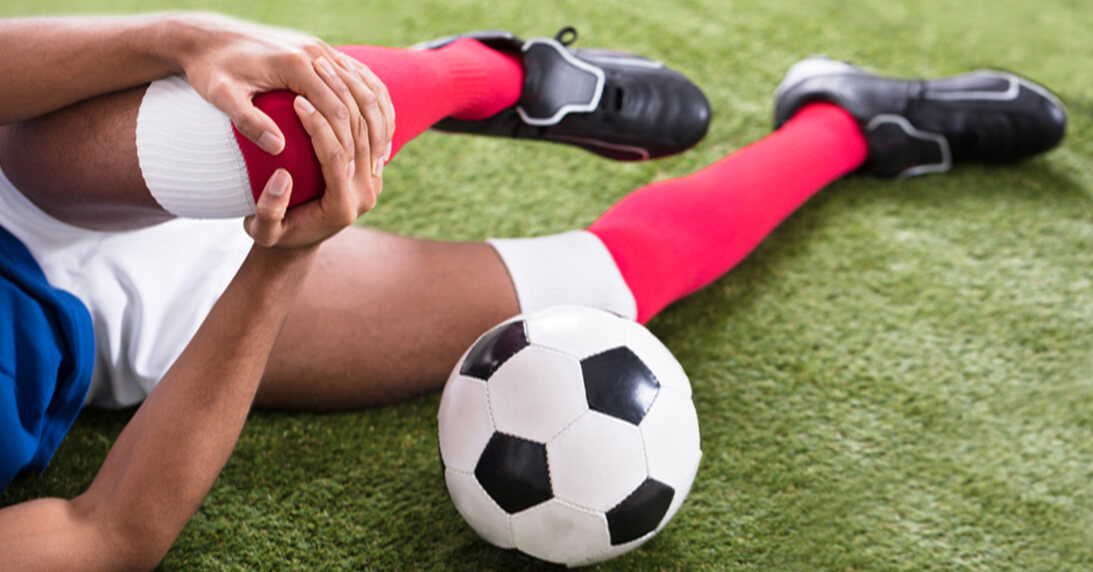Whether it’s a minor scrape or something more serious, it’s important to know how to deal with any potential injuries in any sport. This is where first aid comes in.
By having the knowledge on administering first aid, sports coaches can help ensure that players get the attention they need as quickly as possible.
In this blog, we’ll take a look at some of the reasons why first aid knowledge is crucial in sports. We’ll also provide some tips on how to safely and effectively administer them to keep your athletes safe.
3 Reasons Why First Aid Is Crucial
-
It prevents aggravation of the injury
For any type of injury, time is essential. If someone gets injured and needs care right away, giving them guidance on how best to handle the injury could help prevent additional pain and discomfort while awaiting medical assistance.
The initial treatment can be life-saving. It can effectively prevent the progression of the injury and avoid serious complications.
-
It helps you identify potential risks and avoid them
When coaches and athletes have adequate first aid training, they can better understand how and why certain injuries happen.
Knowledge in first aid allows anyone involved to take the appropriate steps in addressing the injury or preventing them in the first place.
-
It promotes confidence and trust
When an athlete or coach understands first aid and injury prevention, they become more confident and at ease during training and official sports events.
Knowing that you can address or prevent potential injuries may help make a medical emergency less stressful.
Common Sports Injuries And How To Address Them

Muscle Cramps
What are they?
Cramping is a common sports injury that can be attributed to overuse and straining, dehydration, or mineral depletion.
It presents as a painful, uncontrollable contraction of a certain muscle group, typically on the legs and thighs.
First aid treatment
You can reduce the spasm by gently stretching the muscle involved. If too painful, you may apply a cold spray or cold pack on the area prior to stretching.
Muscle Strains
What are they?
Strains can happen when you put too much stress on your muscles. Also called a ‘pulled muscle’, it occurs as a result of overstretching with intense force.
It results in bruising and pain during further lengthening, and may also lead to an actual tear of the muscle fiber, which could lead to pain, swelling, and limited movement.
Muscle strains can happen in any muscle group but are most common in the hamstrings, quadriceps, back, and shoulders.
First aid treatment
Muscle strains will benefit from the PRICE principle– protection, rest, ice, compression, and elevation.
Protect and rest the area by avoiding any movement that could further aggravate the injury.
Apply an ice pack for 20 minutes on the pulled muscle to help reduce the pain and swelling. You can then compress the area with a bandage to further reduce the inflammation.
Lastly, elevate the swollen body part to avoid blood pooling which may cause the inflammation to get worse.
Ligament Injuries
What are they?
Ligaments are connective tissue which hold the joints together. In case of a bad landing or awkward fall, they can get overstretched, which causes them to weaken or even tear away from their bony attachment. These injuries are also common in contact sports.
When landing from a jump, the knee bears much of the body weight, and the ligaments that hold the knee in place may be injured.
This results in sudden pain in the area and rapid onset of swelling. Expect loss of motion and a feeling of instability on the affected joint.
First aid treatment
Just like in muscle strains, following the PRICE protocol can be beneficial to ligament injuries.
Keep the knee immobilized until a further medical examination is done.
Fractures and Dislocations
What are they?
Fractures and joint dislocations in sports are fairly common and usually caused by repetitive stress or acute trauma.
Fractures are a crack or a break in the bone. It can be a simple hairline fracture or a comminuted type where the bone breaks into more than three pieces.
Dislocations, on the other hand, is when a bone segment comes out of its normal position.
Both types result in acute pain, limited movement, and obvious swelling to the area. In severe injuries, there might be a break on the skin as well.
First aid treatment
Both fractures and dislocations are emergency situations, and as a sports coach, you can only do so much.
The best course of action is to keep the injured person as still as possible and support the injured limb. Check for bleeding, scratches, and open wounds.
Immobilize the area with a sling or compressive bandage and make sure to call medical assistance immediately.
If there are no breaks in the skin, you may apply an ice pack to the injury to relieve pain while waiting for medical help for adequate emergency treatment.
First Aid In Sports
One of the most important aspects of any athletic endeavor is safety. Coaches must understand the ways in which acute and chronic injuries can occur, how to prevent them, and what to do in case they happen.
It would also be practical for sports coaches to learn cardiopulmonary resuscitation (CPR) to address certain medical conditions and emergencies that might require such skill.
On the other hand, the PRICE principle is an effective practice in treating common sports injuries such as ankle sprains or pulled muscles to prevent further injury or complications.
Having your first aid equipment ready during a game or when training is a must, and knowing how to utilise it correctly and safely can ultimately save lives.
Here at Mecca Sports we sell more than only custom teamwear. For your sporting first aid kit needs, contact us today. We offer hot and cool packs, ice packs, cold spray, and complete first aid kits for your team, which are crucial in the case of a sports injury.

